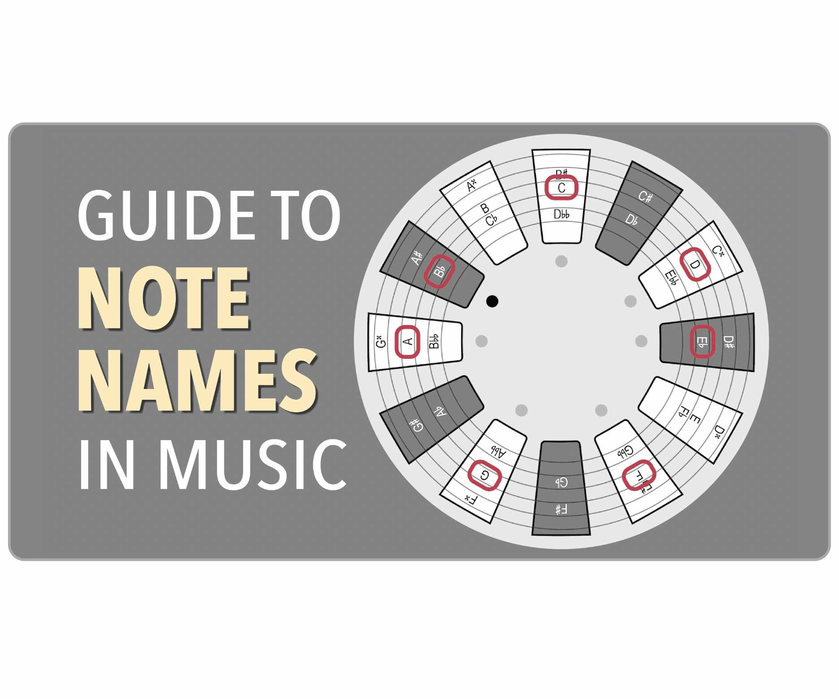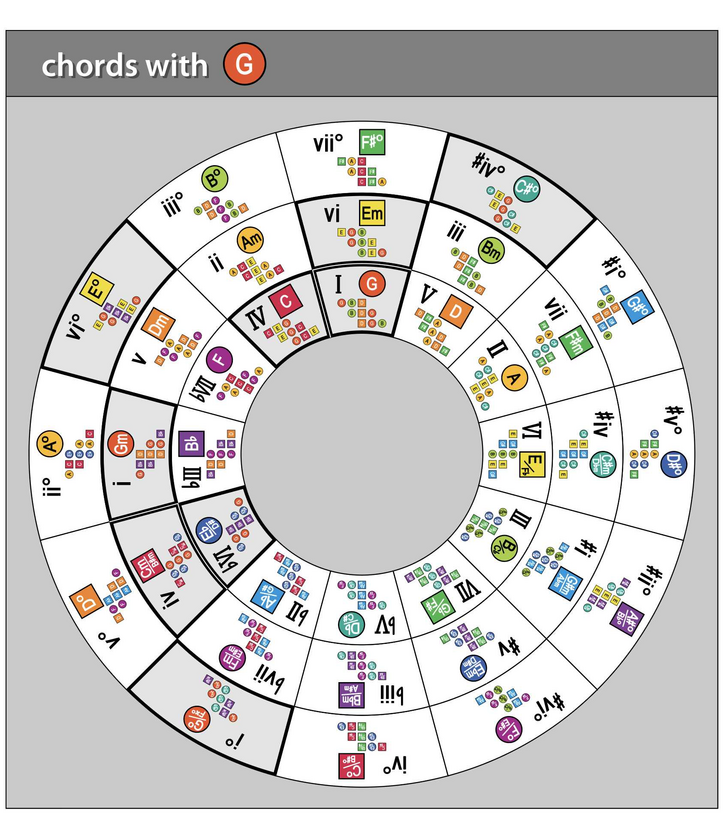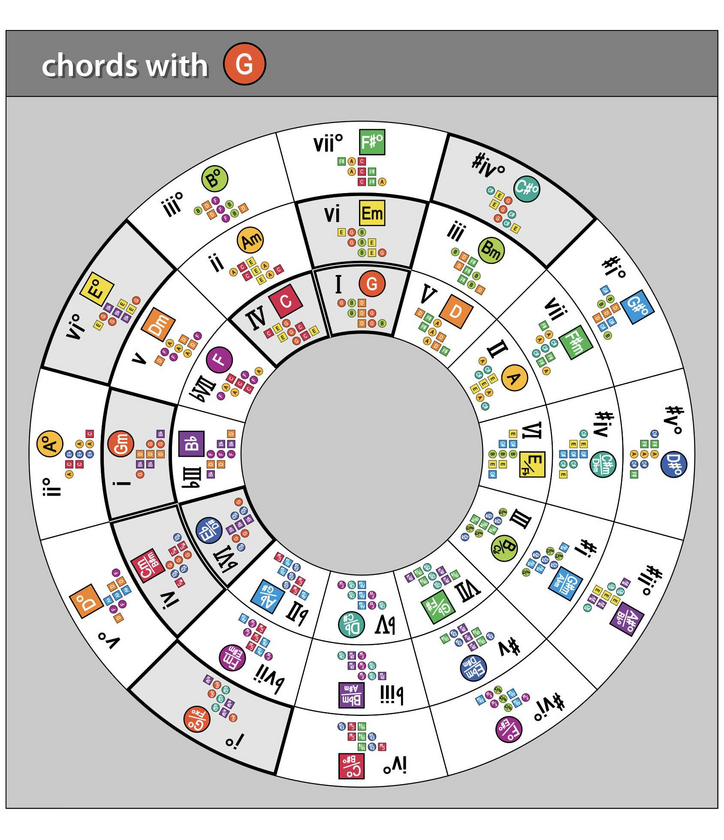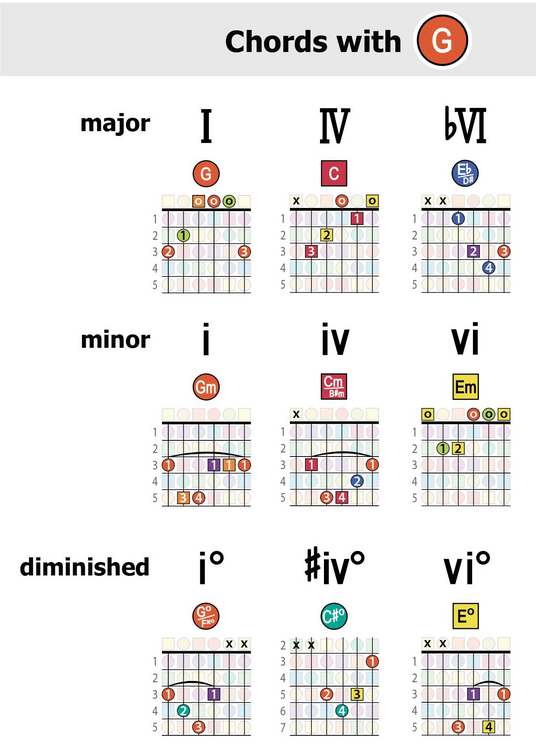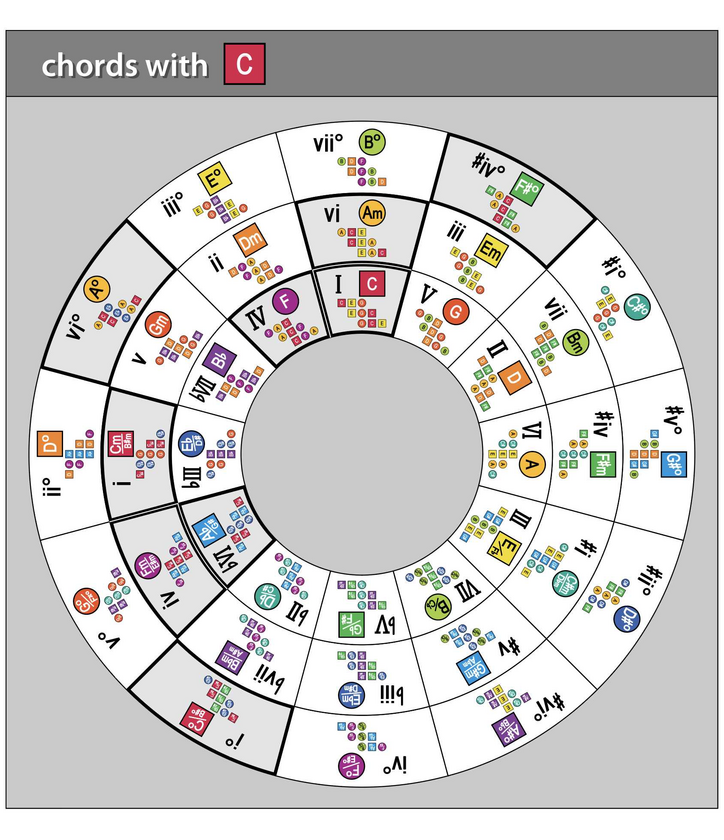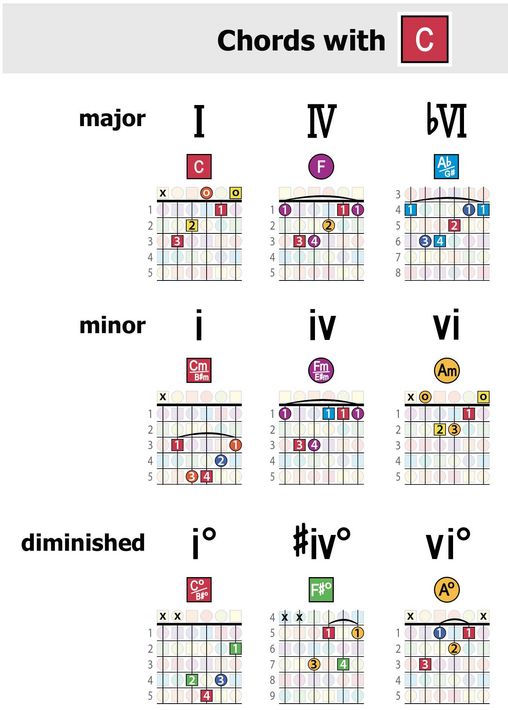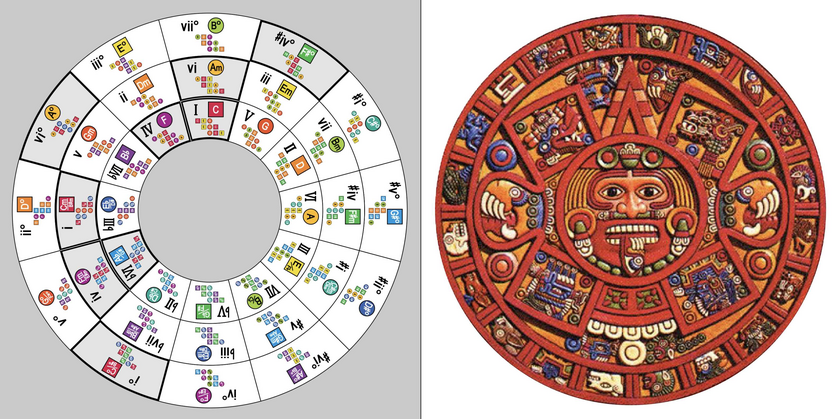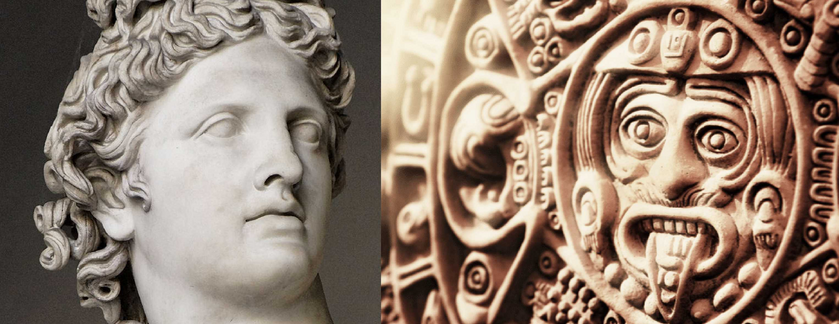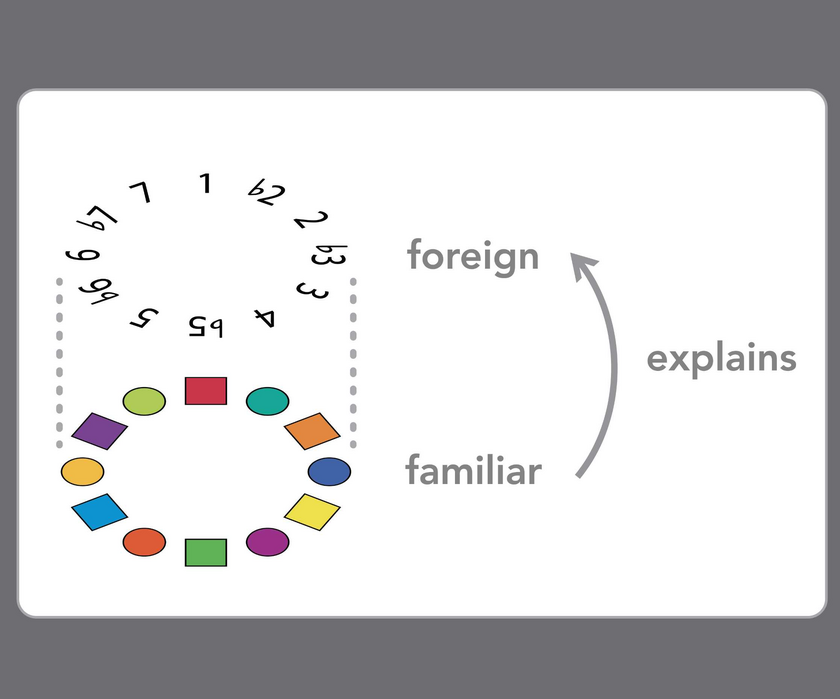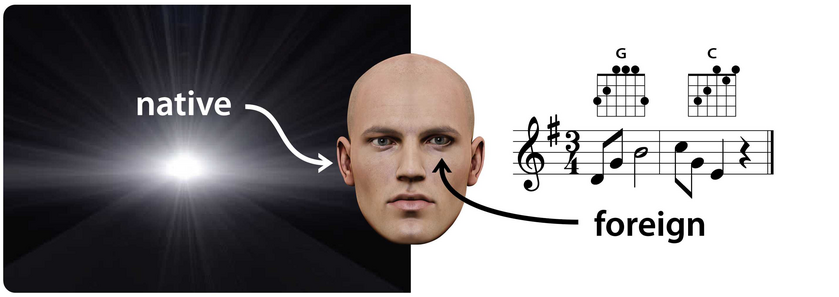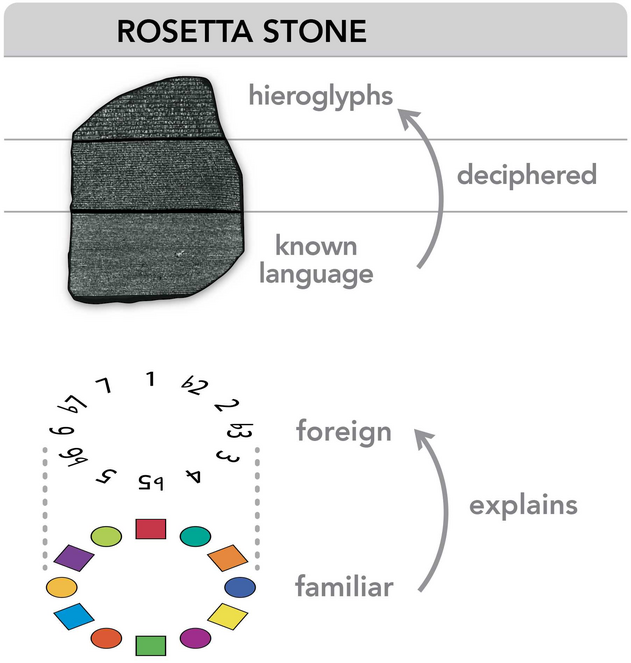The names for notes can seem confusing -- with all the different sharp and flat symbols. How do you know when to use which names in different contexts? It can be maddening.
But really, it's all very easy to easy to understand once you know two simple rules in music, as this video explains:
In a nutshell, the two rules for labeling the notes in a given key/scale are:
- Note names are listed in alphabetical order
- You don't repeat letter names
That's really it. And for reference, these images summarize the correct names to use in every key. Notice how many of them are the same -- they're just "enharmonic" (or synonymous) versions of the same scale patterns.
If you ever need a refresher, these diagrams are a quick reference guide.




